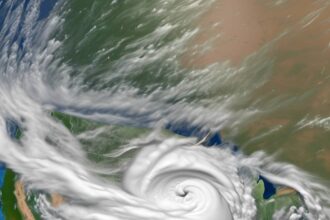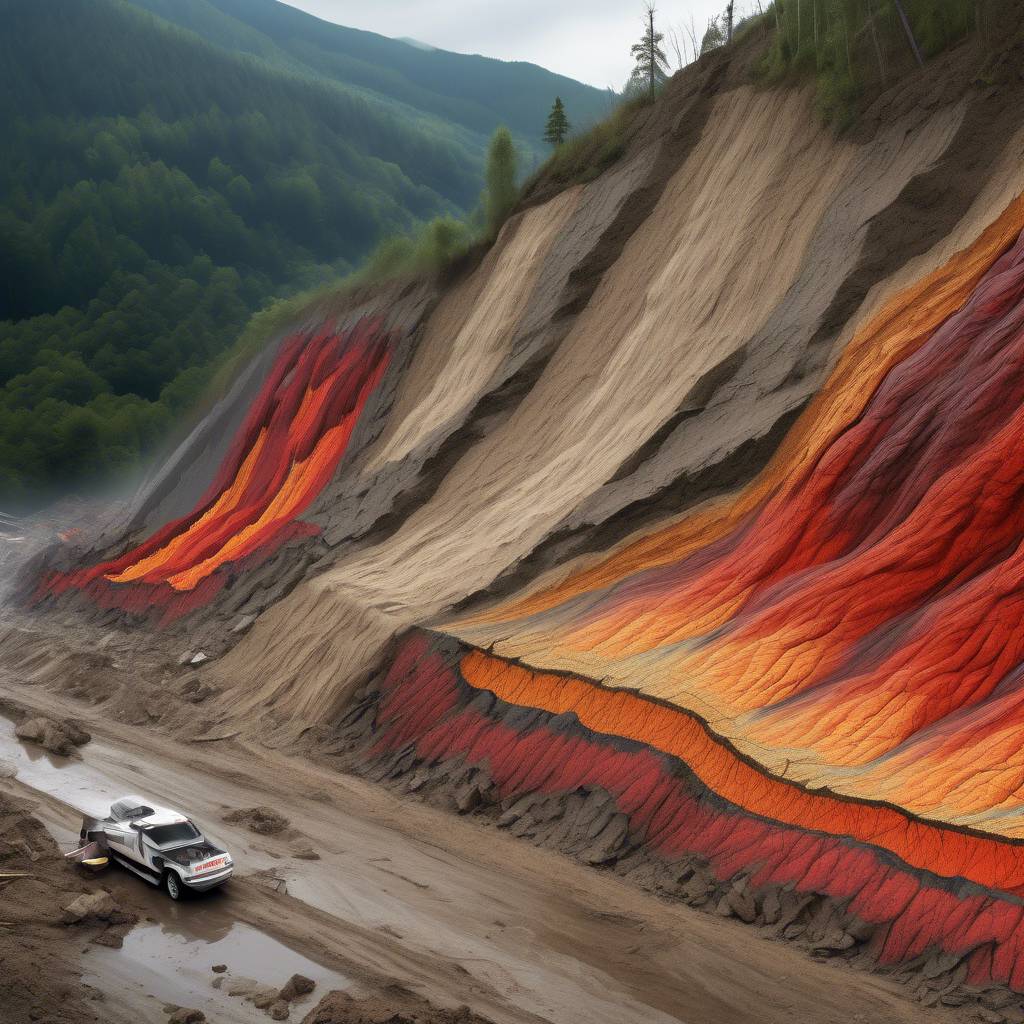The CBS TV Los Angeles affiliate reported that a landslide destroyed one home and damaged three others in Sherman Oaks, prompting some residents to evacuate due to the hillside collapsing following rainstorms. The incident occurred in the upscale Southern California suburb, less than five miles from the iconic Brady Bunch house. This served as a reminder of the risks associated with living in areas prone to natural disasters such as landslides.
Karen Collins from the American Property Casualty Insurance Association highlighted that standard homeowners insurance policies typically exclude coverage for earth movement, including landslides and mudslides, due to the infrequency and extensive damage caused by such events. She recommended gap coverage as an option for homeowners in areas at risk of landslides. As natural disasters become more frequent and costly, it is crucial for consumers and policymakers to focus on preparedness and ensuring adequate insurance coverage.
According to a 2019 article by Carnegie Mellon University, human activity such as altering natural slopes for construction and increased rainfall rates due to climate change have contributed to the increase in landslide incidents in the United States. The U.S. Geological Survey emphasized the widespread impact of landslides on lives, property, infrastructure, and the environment, with damage costs estimated in the billions of dollars. The lack of comprehensive data on landslide losses suggests that the actual figures may be much higher.
Real estate professionals in Los Angeles, such as Compass agent Carl Gambino and architect Michael “MD3” Donovan III, are advising clients to conduct thorough investigations into properties located in hillside and canyon areas to assess risks associated with soil conditions and drainage issues. Homebuilders like architect Dean Larkin stress the importance of engineering structures that are resilient against environmental risks, particularly in hillside locations where foundation adaptations can be costly but essential to ensuring safety and stability.
Dean Larkin, with decades of experience designing luxury hillside homes in Los Angeles, highlights the need for detailed soils reports and geological assessments before constructing in high-risk areas. Despite the challenges and costs associated with mitigating slide risks, properly engineered structures not only enhance safety but also contribute to long-term resilience and insurability against environmental hazards. Larkin notes that while older homes in hillside areas may be replaced with more stable structures, no area is entirely immune to the forces of nature, underscoring the importance of preparedness and risk assessment for homeowners and builders alike.









